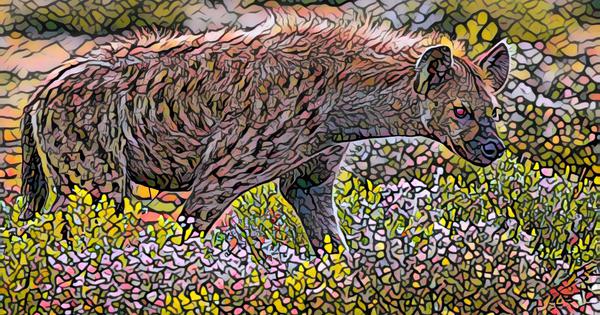From Aesop’s Fables to Animal Farm, animal fiction (like all other fiction) is often an attempt to offer readers insight and commentary on human behaviour – and understandably so, for stories are written for their readers. Animal fiction, of course, has the (dis)advantage of its very non-human characters: glimpsing the “human” within new territories and unfamiliar protagonists can be strikingly impactful.
However, much like the elaborate lies the crocodile concocts to trap the monkey, the allegory and symbolism in these stories can run the risk of being too embellished. In straining to ensure that we see what is hidden beneath the story, every aspect of the narrative can turn into nothing but a thin veil covering a “message”. Predictability mires the text, the story becomes painfully narrow, nuance and complexity are lost – as is a perceptive reader’s…













